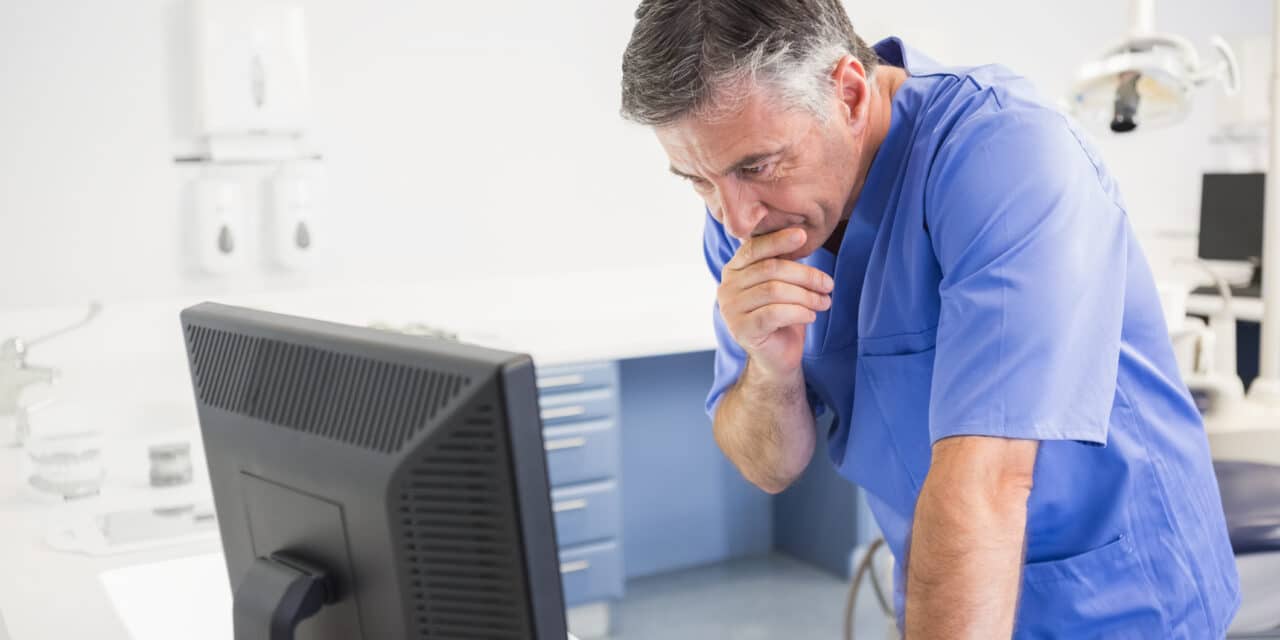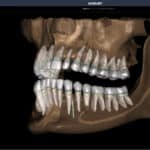The ADA and Penn Dental Medicine have partnered to launch the ADA Living Guideline Program, the first ongoing, evidence-based oral health guideline initiative designed to provide continuous clinical updates.
The American Dental Association (ADA) and the University of Pennsylvania School of Dental Medicine’s Center for Integrative Global Oral Health have announced the creation of the ADA Living Guideline Program, a first-of-its-kind initiative aimed at providing continuously updated, evidence-based recommendations to support oral and overall health.
“Oral disease is estimated to affect almost half the world’s population, and the number of cases is growing faster than the population worldwide,” said Dr Ashraf Fouad, chair of the ADA Council on Scientific Affairs and professor and chair, Department of Endodontics at the University of Alabama at Birmingham School of Dentistry. “The ADA Living Guidelines Program will provide dentists and other healthcare professionals continually updated, evidence-based information to help improve the oral health of their patients.”
Initial Focus on Oral Cancer Screening Updates
The program’s first focus will be updating the 2017 ADA guideline on evaluating potentially malignant disorders and oral squamous cell carcinoma in the oral cavity. The updated recommendation is expected to be published later this year in The Journal of the American Dental Association and on ada.org.
Guideline topics are selected by an advisory group representing the ADA Council on Scientific Affairs along with other governmental and professional organizations. The process incorporates artificial intelligence and emerging technologies to ensure new scientific findings are quickly integrated into existing guidelines.
READ MORE: AAO, ADA Sign Statement Supporting Community Water Fluoridation
Leveraging AI for Faster Clinical Updates
“This initiative builds upon previous foundational work on guideline development at the American Dental Association and leverages artificial intelligence (AI) and other emerging technologies to enable continuous and rapid incorporation of scientific findings from the biomedical literature into new and existing guidelines,” said Dr Alonso Carrasco-Labra, principal investigator and associate professor at Penn Dental Medicine.
A Shift From Traditional to Real-Time Guidelines
Unlike traditional guidelines, which typically update every 3 to 5 years, living guidelines are updated in real-time as new evidence is reviewed and validated. This model enables healthcare providers, patients, and policymakers to adopt the latest clinical recommendations faster.
“We are proud to bring this important service to our profession and look forward to improving the oral health of millions of patients through these guidelines,” said Dr Mark S. Wolff, Morton Amsterdam Dean of Penn Dental Medicine.
Photo: ID 48960823 © Wavebreakmedia Ltd | Dreamstime.com









